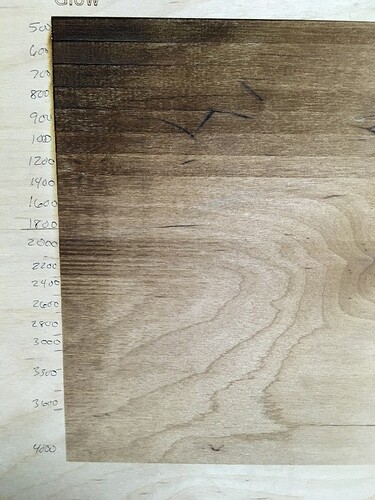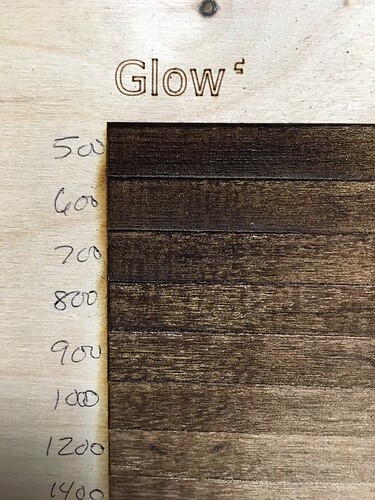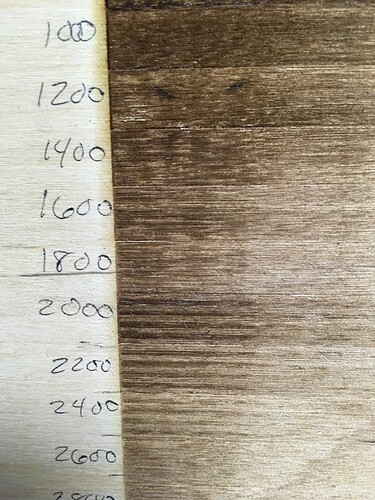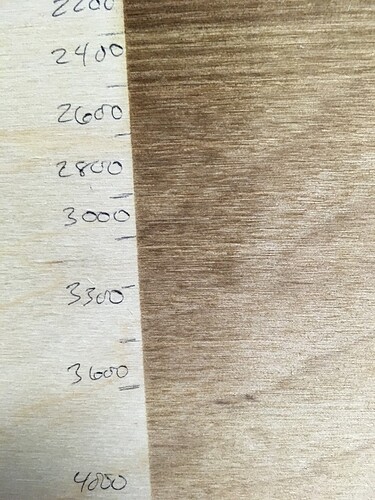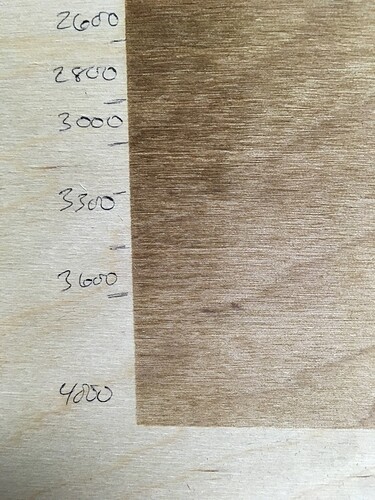I have a file with far too many colors because it requires quite a few distinct steps. I know that these take a long time to load.
I have loaded this file before and it took maybe 10-20 minutes to upload and render. After having uploaded it, I was able to re-open that file and I never timed it, but I didn’t feel it was a bad wait time, so it had to have been loaded in under 5 minutes.
But now, I made some changes to that same file and attempted to load it. 3 hours later the rendering your file hasn’t cleared. During that time I broke the file in to 7 smaller files with parts of the full set and loaded each of them individually. Each of those took 10 minutes or so to load, taking longer with each one and hanging up on the 6th (I still haven’t loaded the 7th).
In the time I loaded those six, the original file (still open in a different browser, I believe the large file was in Chrome and the smaller files were in Firefox) was still attempting to load and had not managed to do so.
I refreshed the page on the 6 smaller chunks and that took somewhere between 2 and 3 hours to render the design and get me back to seeing all 6 loaded so I could attempt to load the seventh (sadly I had given up on it and clicked to come to the forums as I opened the laptop, the page loaded the design just AFTER I clicked on Community – which by the way STILL does not default to opening in a new tab which I had suggested long ago and is a trivial and USEFUL adjustment).
So… I have a file that I used to be able to open which is already uploaded which can now not open even when allowed 1.5 hours to load using a freshly rebooted computer and an incognito browser (so as to avoid any cache or system resource issues at all). And I have a near-duplicate of that file which I cannot load fresh even when allowing 3+ hours to upload and render. In both cases the files show fine in the GFUI preview, but do not render for me to put settings and send them to print.
Has something changed in how files are processed which makes excessive steps no longer viable? I really and truly do need all 267 steps in the file.
